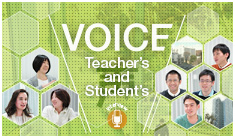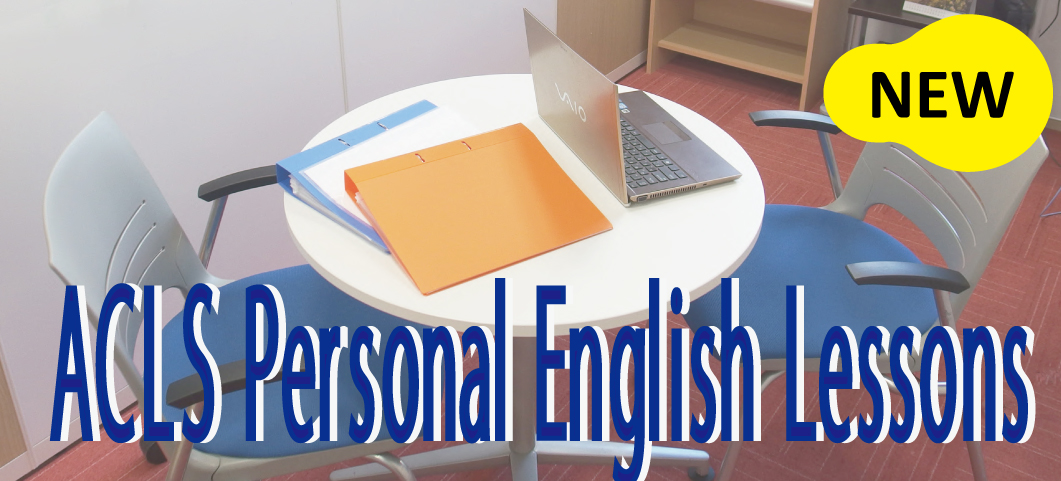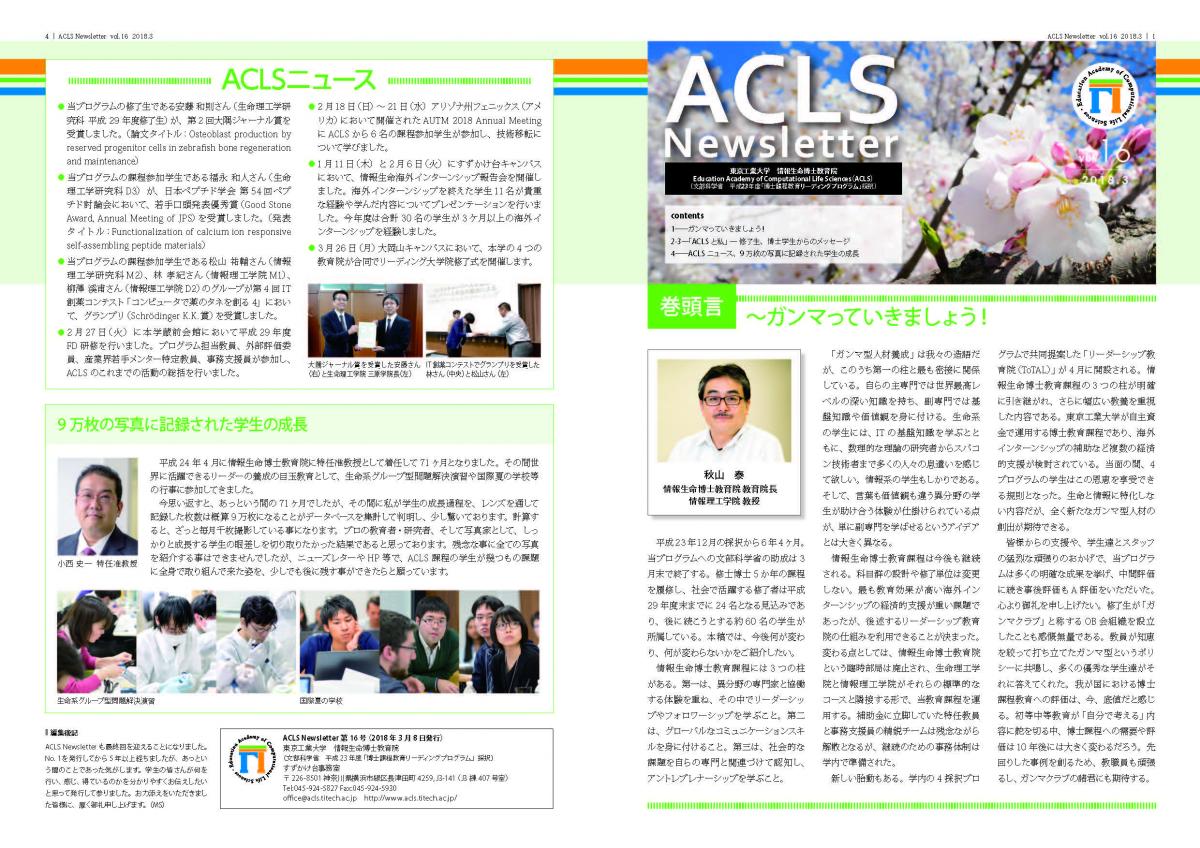- Home
- Teacher's and Student's voice
- Mitsuo Sekine
Mitsuo Sekine


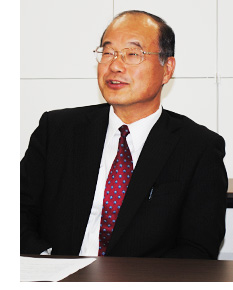 Sekine: I think that today's students tend to have narrow horizons. They concentrate too much on their own specialist field, and don't look at anything else. So it's necessary at graduate school to bring them into contact with other fields. And also, I think it is necessary to have an education curriculum that lets them spread the tentacles of their research out into other fields.
Sekine: I think that today's students tend to have narrow horizons. They concentrate too much on their own specialist field, and don't look at anything else. So it's necessary at graduate school to bring them into contact with other fields. And also, I think it is necessary to have an education curriculum that lets them spread the tentacles of their research out into other fields.
In the future, when they become active in academic field or in business sector, if they previously received education in a field other than their own, they can apply that knowledge and ideas to any number of situations that arise. This is because they have become able to understand the differences between the ways of thinking in their own specialist field, and those of the other field that they have studied. I thought that I would like to create an educational curriculum that can produce specialists who are capable of creating these kinds of cross-disciplinary connections globally.
In 2011, the Ministry of Education, Culture, Sports, Science and Technology started a new educational doctoral support program for the Graduate Schools called the Program for Leading Graduate Schools. It was the successor to the "Global COE Program"(Note 1), so its main purpose was providing educational support to graduate schools. We have got an idea to create a new educational curriculum that would combine the life science and information science fields, and resolve the problems that I mentioned before. After a process of discussion within the university, program was submitted, accepted, and then as a result, operation of ACLS was started.
(Note 1) Global COE Program
This was a support system started by the Ministry of Education, Culture, Sports, Science, and Technology in the 2007 academic year. The system had the twin goals of strengthening the ability to produce researchers who are globally active, and contributing to the production of outstanding international institute for education and research. The Tokyo Institute of Technology had five programs accepted in the first year of operation, and has subsequently remained actively involved in the program. For details of the program, see the Japan Society for the Promotion of Science (JSPS)

 Sekine: The life sciences and information sciences are completely different fields. The ways of thinking, and the terminology used, are also different. At the beginning, our opinions hardly ever meshed with each other, it really was like "oil and water." (Laughs) It was a situation where barriers were on both sides. I ended up filling the role of a surface active agent, lowering the surface tension on both sides. The progress that I have achieved has come from persevering method of listening carefully to what the other persons have to say, and then working towards achieving a mutual understanding with them.
Sekine: The life sciences and information sciences are completely different fields. The ways of thinking, and the terminology used, are also different. At the beginning, our opinions hardly ever meshed with each other, it really was like "oil and water." (Laughs) It was a situation where barriers were on both sides. I ended up filling the role of a surface active agent, lowering the surface tension on both sides. The progress that I have achieved has come from persevering method of listening carefully to what the other persons have to say, and then working towards achieving a mutual understanding with them.
Even after the program was established, my roles, and the methods I use, have remained the same. Even now I am still busy, with around 40 management committee meetings, and board of directors meetings in a year. The reason for such a huge number of meetings is that we solve all of the issues that come up by analyzing them in details. Normally, it is unlikely for a University Professor to participate in so many meetings. In fact, by making the time to participate in meetings you are essentially taking yourself away from your research and leaving it to stagnate. However, in the ACLS, we brought together a lot of instructors who were prepared to combine their individual strengths to pursue single goal. So everybody has tackled whatever challenges have arisen with total enthusiasm. By seriously carrying out the roles that were assigned to us, whether as the teacher responsible for bringing everything together, or as one responsible for playing an interface role, we were able to respond to and solve all of the problems that came up as they arose.
Management of the ACLS involves quite a bit of energy. But we could join the individual energy output of the instructors together; we were able to implement an educational program based on a new philosophy, "Training for Gamma Type Specialists."

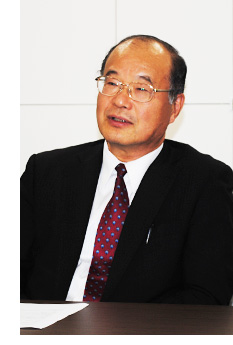 Sekine: ACLS is more than just a joint program in name only, where students simply study subjects from multiple fields. The number of classes and units that our students are required to study is large, and on the top of that then there is self-study and administrative requirements. Actually there is quite a huge burden on the students. Taking classes in other fields and participating in various events takes a lot of time. Students have trouble to find time to do their own research which slow down their research progress. Studying something extra always means giving up one thing for something else. However, sacrifice does not mean giving up something for nothing .These sacrifices also become part of the "fuel" that motivates future progress. Every student has to make an investment in own future.
Sekine: ACLS is more than just a joint program in name only, where students simply study subjects from multiple fields. The number of classes and units that our students are required to study is large, and on the top of that then there is self-study and administrative requirements. Actually there is quite a huge burden on the students. Taking classes in other fields and participating in various events takes a lot of time. Students have trouble to find time to do their own research which slow down their research progress. Studying something extra always means giving up one thing for something else. However, sacrifice does not mean giving up something for nothing .These sacrifices also become part of the "fuel" that motivates future progress. Every student has to make an investment in own future.
At ACLS, we put effort into building networks with people across all kinds of fields. These are typically formed out of group-work. Students increase their network of friends through connection with students from other fields. Aside from this, we also create chances to interact with students from overseas at the "Summer School." All of these activities require advance preparation, and taking part in them requires having the time to commit to the activities. It is a burden. However, the networks created from these chances are valuable, regardless of whether or not the members subsequently remain in academia, or go out into jobs in industry instead.
It might be difficult for them now, but investment will really pay off in the future. When students return 10 years later for "Homecoming Day," I hope they would say "It seemed really tough at the time, but what I learned came in very useful once I was out in the workforce." You can't create projects that produce their effects on education right away. At ACLS we are looking to put together educational programs whose effects will only become apparent 10 or 20 years into the future.

 Sekine: The importance of building connections between the academic world and the world of industry is something that I had been thinking for a long time before that. When I was a student, there were always a lot of "research students" in the graduate school who had been sent there by their company. We ate together, so we had the opportunity to talk about a lot of different things, and gain a deeper understanding of each other. On the part of the students, we gained an understanding about what it was like in their companies, along the lines of, "If I go to this company I'll be able to do something useful," "This company is doing interesting work," and so on. The corporate side gained a better understanding of what research was going on at university and made close connections with promising doctoral course students and staff members. Both sides built up a good relationship, and it was a very good environment for finding future employment and encouraging joint research.
Sekine: The importance of building connections between the academic world and the world of industry is something that I had been thinking for a long time before that. When I was a student, there were always a lot of "research students" in the graduate school who had been sent there by their company. We ate together, so we had the opportunity to talk about a lot of different things, and gain a deeper understanding of each other. On the part of the students, we gained an understanding about what it was like in their companies, along the lines of, "If I go to this company I'll be able to do something useful," "This company is doing interesting work," and so on. The corporate side gained a better understanding of what research was going on at university and made close connections with promising doctoral course students and staff members. Both sides built up a good relationship, and it was a very good environment for finding future employment and encouraging joint research.
Now unfortunately, there are not very many opportunities for that kind of communication. The number research students sent by their companies is few, and so it's hard for either the companies or the students to get a good look at the other side. So I was thinking about how to put together a structure where each side could naturally gain information about each other, and the result was the "Industry Youth Mentor Program."
Under this system, we asked the companies to send us talented mid-level personnel (in their 30's or 40's). We carefully scrutinize their research activities, in advance and choose the candidates with the greatest ability. We also conduct face to face interviews to select the ones with good communication skills. Then we give them the title of Industry Mentor-Associate Professor and Industry Mentor-Assistant Professor send them for a set period of time to work in our research labs. ACLS takes in a maximum of 12 such individuals, and at the present time there are 4 of them here working with us.

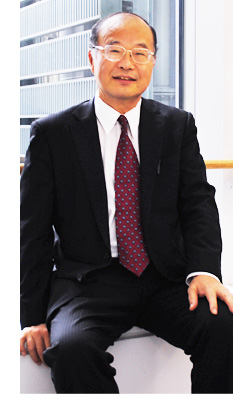 Sekine: If we're talking about my lab, you could see the drastic change in the atmosphere. From the point of view of the students, they have reliable seniors who can be relied on and it is easy to ask them about things. From the point of view of the personnel from the companies, they have the motivation to do their research effectively as good mentors. The result on both sides are stimulated by the other. Conversations and research both proceed in a way quite different to the way they usually do.
Sekine: If we're talking about my lab, you could see the drastic change in the atmosphere. From the point of view of the students, they have reliable seniors who can be relied on and it is easy to ask them about things. From the point of view of the personnel from the companies, they have the motivation to do their research effectively as good mentors. The result on both sides are stimulated by the other. Conversations and research both proceed in a way quite different to the way they usually do.
Before we created the Industry Youth Mentor Program, one employee from a certain company was working for three months in my laboratory, like in the old times. He used the opportunity to play tennis with the students and go on trips with them, so in a short time the students felt able to ask his advice about all sorts of things. He also apparently built up a strong relationship with our staff, saying, "I've been fortunate to meet people who I can remain friends with for the next 30 years." and "I'm glad I came." The result was that we had established a beautiful relationship of mutual interchange, where both sides felt they could ask each other anything. In fact, that experience was where I got the idea for the current system from.
What's more, after creating the Industry Youth Mentor Program, and after the people who had been mentors had returned to their companies, they started making proposals like "We'd like to make a contract for joint research" and "We'd like to work together on a joint development project." I think this is an example of how people who have actually been to the labs, and seen and experienced for themselves what we do there, can appreciate the good points of the University.
In this way, the Industry Youth Mentor Program produces both visible results, together with secondary effects that are more indirect. We not yet reached the stage of considering the practical applications of the program, but we can see its value just from the many barriers that it has already overcome. In future we hope to increase the appeal of this program even further and expand the networks between education and industry.
(Note)The contents of the interview are accurate as of the time of interview in October 2013.





